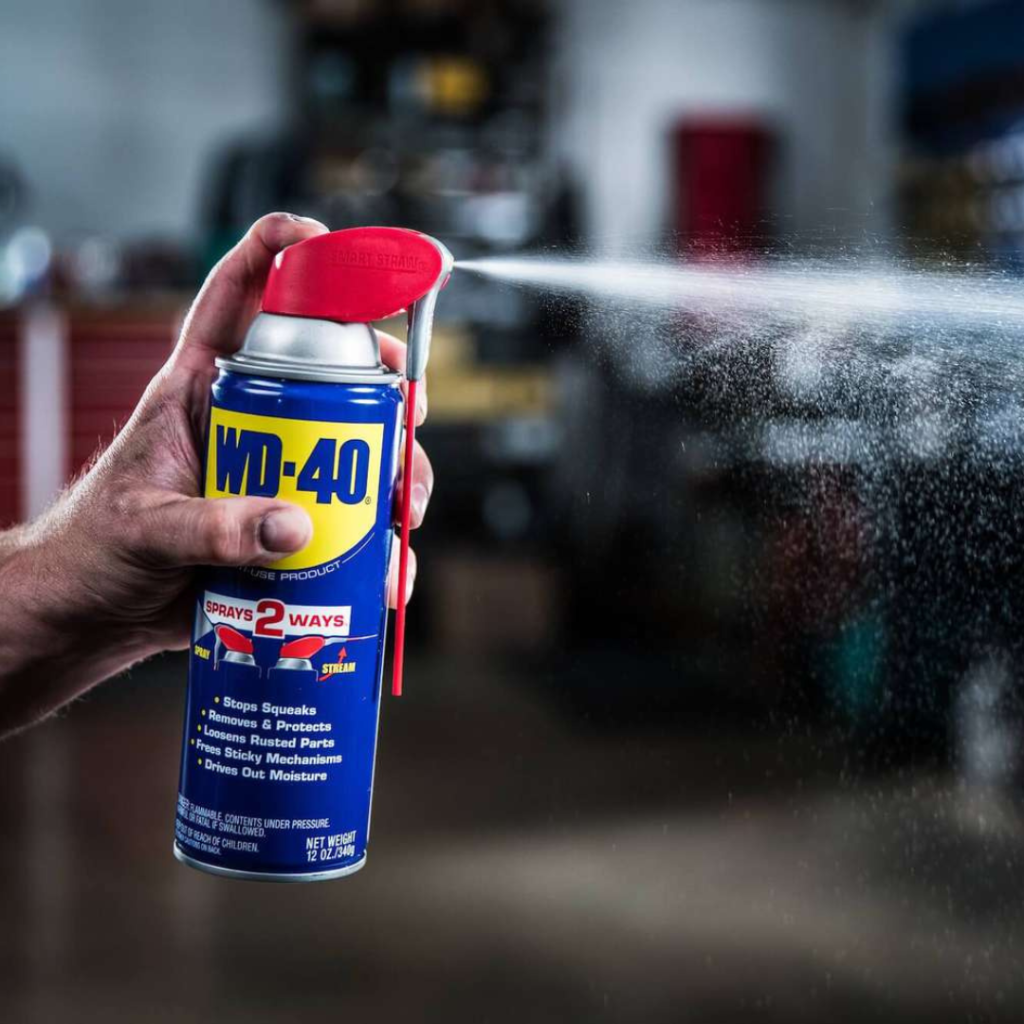As key and fob experts, we often get asked, “Can I put WD-40 in my door lock if it’s getting sticky or hard to turn?” It’s a fair question—after all, WD-40 is a household name for fixing squeaky hinges and loosening stuck parts. But when it comes to your door lock, the answer is simple:
No, you should not put WD-40 in a door lock.
Here’s why—and what to do instead.
Why You Shouldn’t Use WD-40 in Your Lock
WD-40 might seem like the quick fix for a stiff or stubborn lock, but it’s actually not designed for that purpose. Here’s what you need to know:
- WD-40 leaves a residue.
While it initially lubricates, it eventually dries out and leaves behind a sticky film. This residue attracts dirt, dust, and grime, which can clog up your lock mechanism over time.
- It’s not a long-term solution.
The short burst of lubrication you get from WD-40 wears off quickly, and continued use can do more harm than good—leading to worse sticking or even lock damage.
- Professional locksmiths and manufacturers advise against it.
Experts generally recommend using a graphite powder or silicone-based lubricant designed specifically for locks. These don’t attract dirt and provide a dry, clean coating that keeps your lock functioning smoothly.
Other Places You Should Avoid Using WD-40
WD-40 has its uses—but there are several places where it’s best left out of the equation. According to maintenance experts, here are some common areas where WD-40 is a no-go:
- Bike chains: It can attract dirt and damage the chain over time.
- Locks (including padlocks, deadbolts, and car locks): For the reasons explained above.
- Electronics and devices: It can short out circuits and leave a residue that’s hard to clean.
- Plastic parts: It may degrade certain types of plastic and cause them to break down faster.
- Painted surfaces: It can strip paint or make the surface more prone to peeling.
When in doubt, stick to the right tool or product for the job—especially when dealing with precision items like locks or keys.
Avoid Lock Problems: Make a Spare Key in Advance
One of the most common reasons people try to fix their lock with WD-40 is because their key isn’t turning easily—or it’s stuck. But often, the issue isn’t the lock at all—it’s a worn or damaged key.
Before you reach for WD-40, consider this:
- If your key is bent, chipped, or worn down, it could be the source of your problem.
- Having a fresh spare made early on can save you from bigger headaches later.
At FobToronto and MiniFob, we offer key and fob duplication services done in minutes, with lifetime guarantees on functionality.
You can check key compatibility on our website or simply text us a photo of your key to see if we can help.
Conclusion: Can You Put WD-40 in a Lock?
So, can you put WD-40 in a lock? Technically yes—but you really shouldn’t. It can lead to more problems than it solves. Instead, use the right kind of lubricant, keep your keys in good condition, and make spares before you run into trouble.
As always, if you’re not sure or the lock seems beyond repair, we recommend contacting a professional locksmith. And if you need a backup key or fob, we’re here to help—quickly, legally, and reliably.



Recent Comments